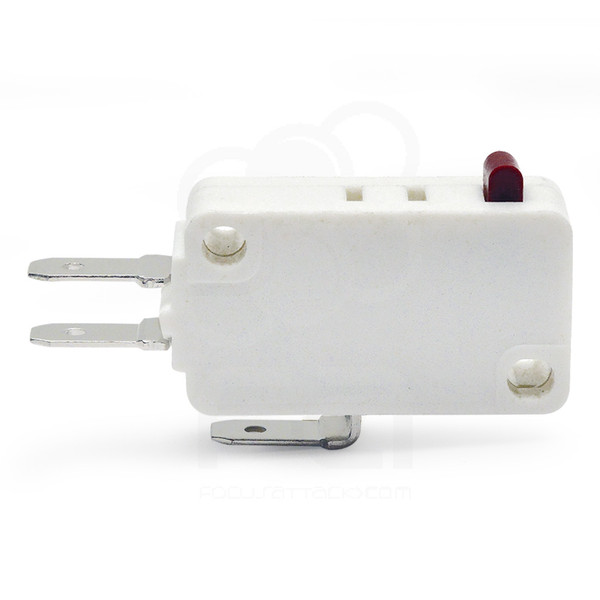Project Index
- TableTop Arcade - Raspberry Pi 3 & RetroPie Setup, Part 1
- TableTop Arcade - Raspberry Pi 3 & RetroPie Setup, Part 2
- TableTop Arcade - Controller & Parts Selection
- TableTop Arcade - Cabinet Construction & Cutting
- TableTop Arcade - Assembly, Electrical, and Painting
- TableTop Arcade - Artwork, Speakers, Marquee
Button and Joystick Wiring
Almost done! Adding the buttons on top of the acrylic went pretty well, but I lost the use of 2 buttons. My measurements didn't account for the fact the bottom of the joystick is pretty deep, and it conflicted with one of the buttons. Not a huge deal, as it was only to change "Save States", but still a bummer when things don't go as planned. As can be seen below, using a plug in the hole since a button won't work.
In an earlier post, I showed the USB Encoders that came with my Button kit. All the gaming buttons worked great with the existing encoders, and most people would be perfectly fine with that kit. My issue is they didn't allow for the use of "Admin" buttons which is what I was planning on using the 5 buttons on the front of the arcade cabinet for. So instead of losing the functionality of all those buttons, I decide to upgrade the USB Encoders to an Ultimarc I-PAC 2. Also ordered a few wiring kits to go with it. I could have done it myself, but saved myself a ton of time by just spending an extra $5 on the kits instead.
Setup is pretty stright forward. Each of the button switches has a ground terminal and a signal terminal. I ran a daisy-chained black wire as my ground between the buttons and back to the 1st pin on the IPAD "GND". Then I ran the color wires from the signal terminals of the switches back to their corresponding pins on the IPAC. Player 1 controls are on the left, Player 2 controls on the right. Bottom 1A, 1B, 2A, 2B are some of the "Admin" controls I mentioned earlier. Scroll down a bit for a more detailed explanation and diagram of how I wired stuff together.
This is a picture of the cabinet on its back, bottom facing out. Although I have an access panel cut in the back to allow for quick changes, the amount of wiring I just did justified more space to work in. Cleaned everything up the best I could using Velcro ties and adhesive Velcro strips to mount the Raspberry PI and Power Strip.
With all the wiring completed and the cabinet 95% put together, had to do a bit of work on the control configuration for the new USB Encoder. The default settings worked fine for some gaming systems, but others were having a hard time as some of the action buttons were being seen as keyboard keys such as "Shift", "Ctrl", "Alt", etc. Using the IPAC programming utility, I changed some of the pins to read as different keys that were more universally friendly, and made sure my admin buttons were set to function as I originally intended.
Below is a screen shot of the Excel document I put together to help me sort out what needed to be changed, and verify that everything was matching up to where it should.
With that completed, there will still be a few configuration items I will have to address due to the new USB Encoder for the actual gaming systems, but those are simple enough and I will take care of that at a later time.
Finishing Touches
With all of the internal parts of the build taken care of, moving on to a few remaining items to close out the project. The access panel was cut and painted already, but took the time to add a piano hinge and latch to the back.
Since the innards are done, I also went ahead and attached the bottom to the arcade cabinet. Didn't use glue or brad nails here, just small wood screws. Screws were used so that I can easily access the wiring area if I ever had to made any large changes again, or repair anything that would be too difficult to get to via the access hatch.
With that, the build is done! Next post, FINAL BUILD PICs, and a video walk through of the completed cabinet.




















































